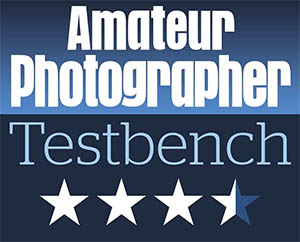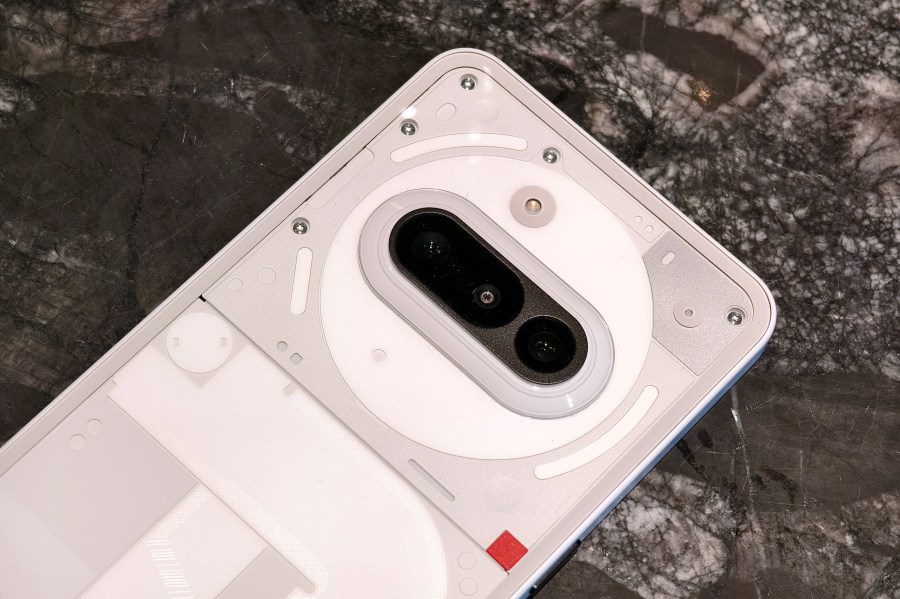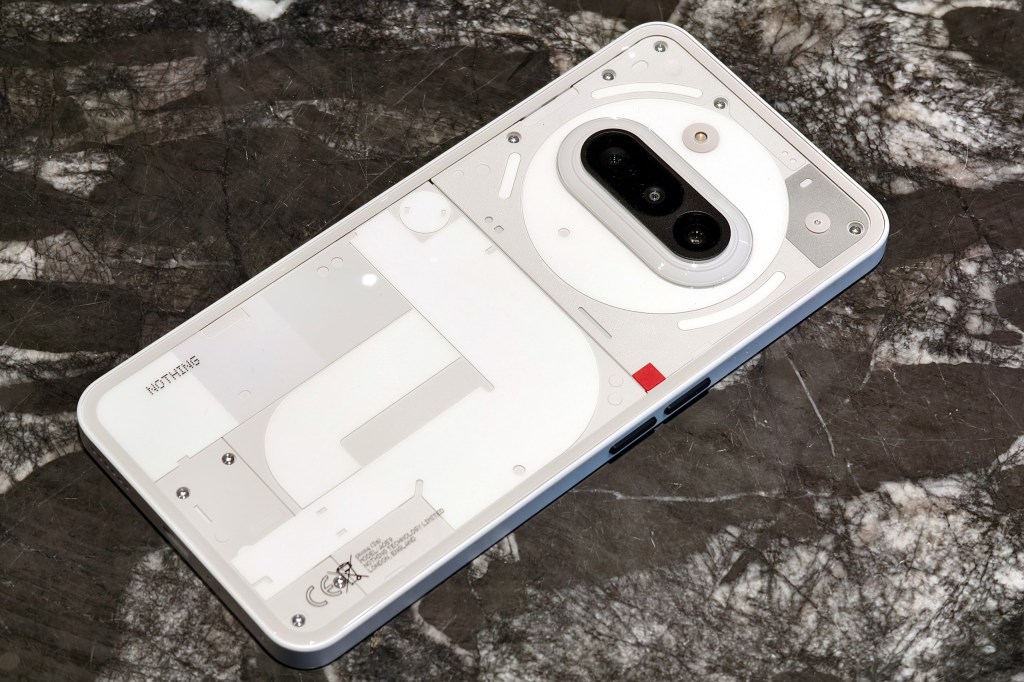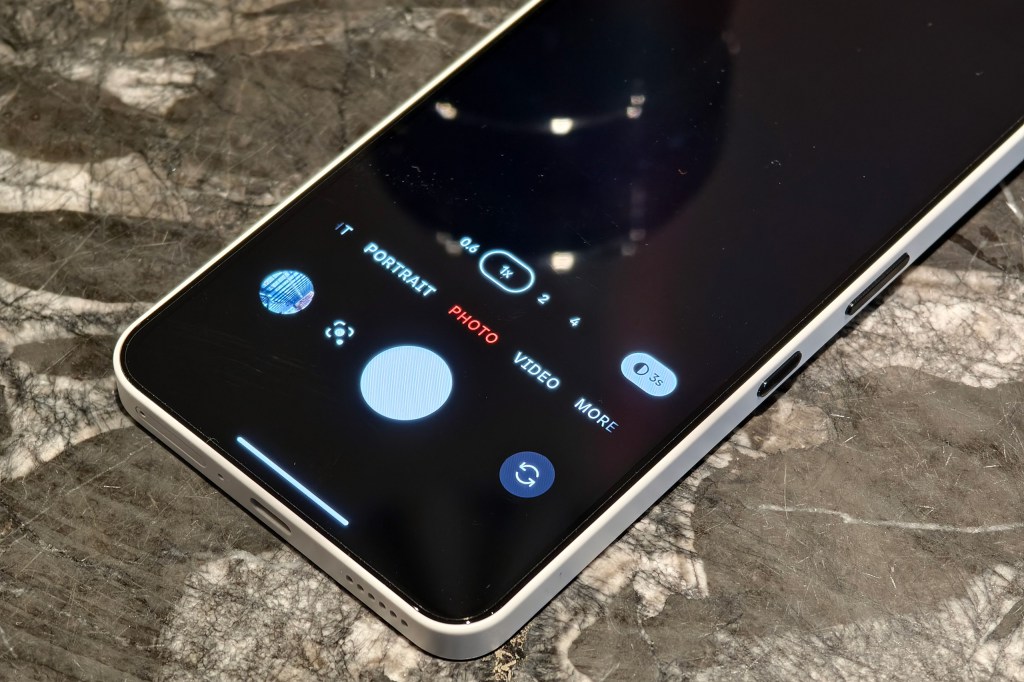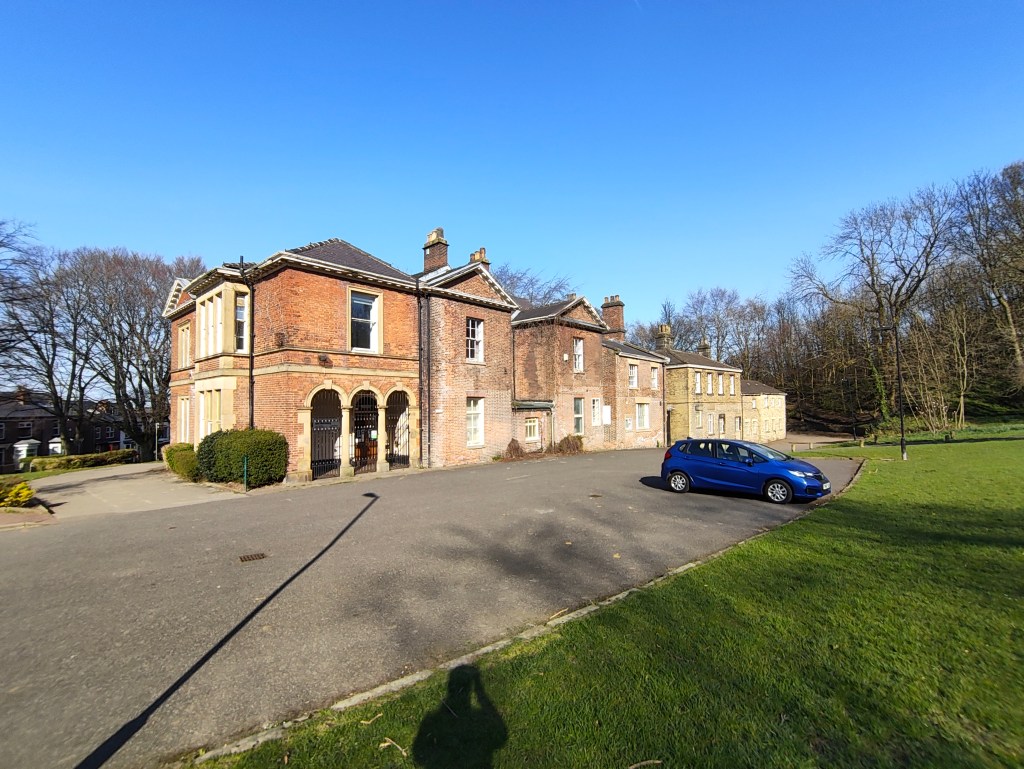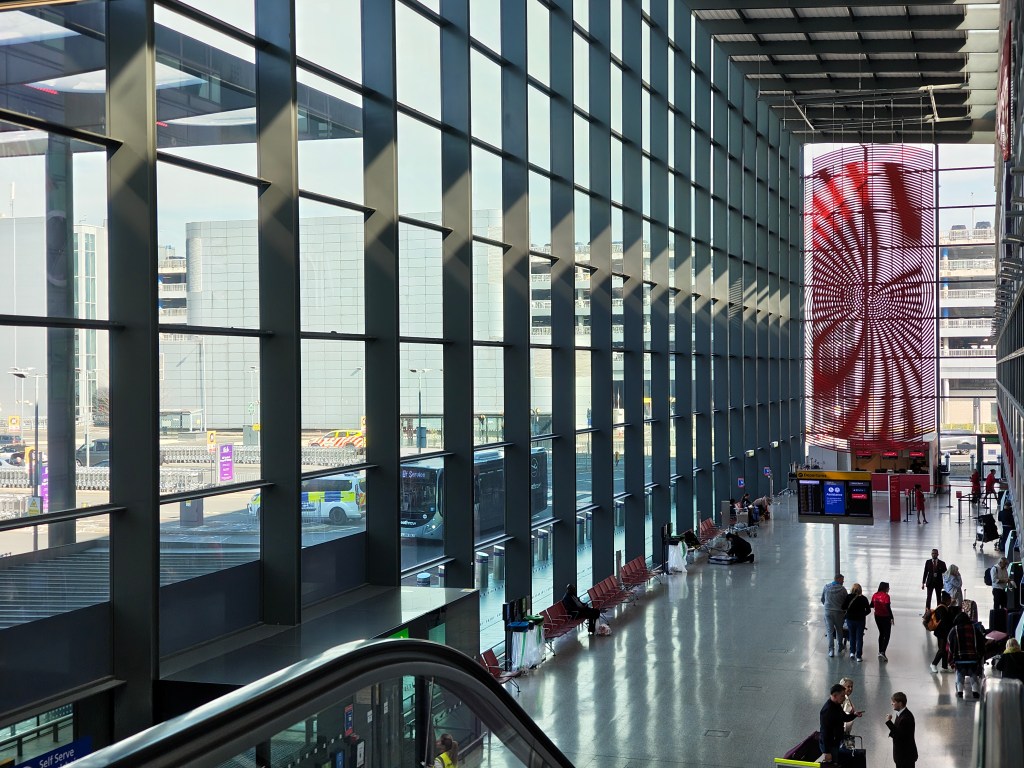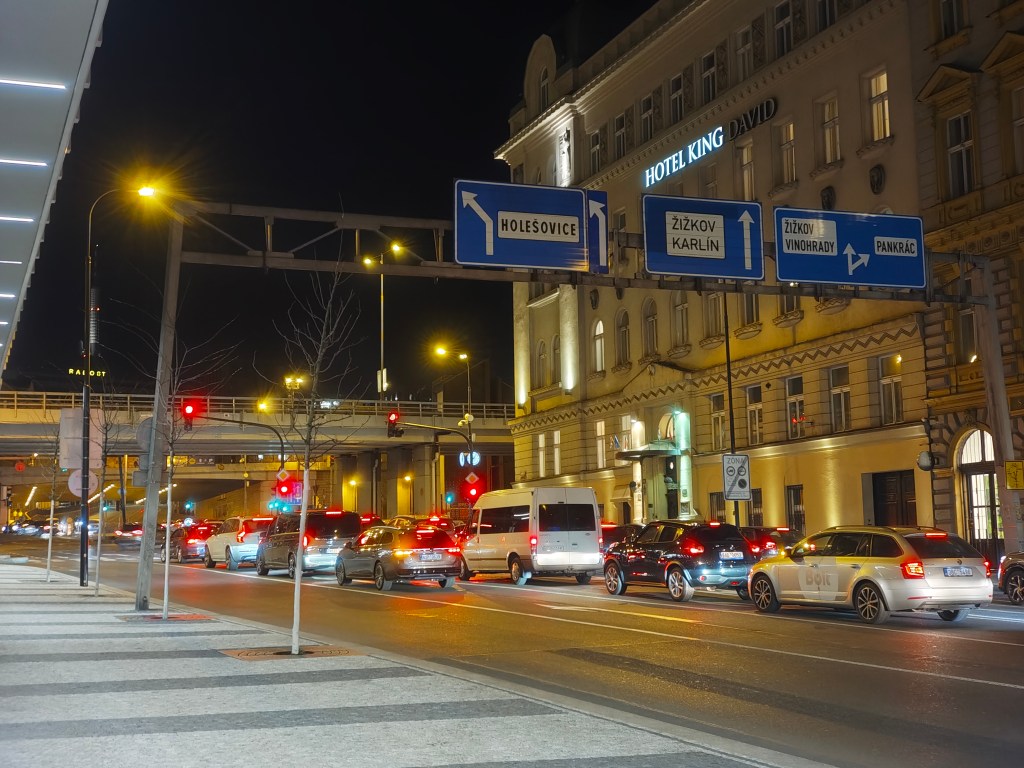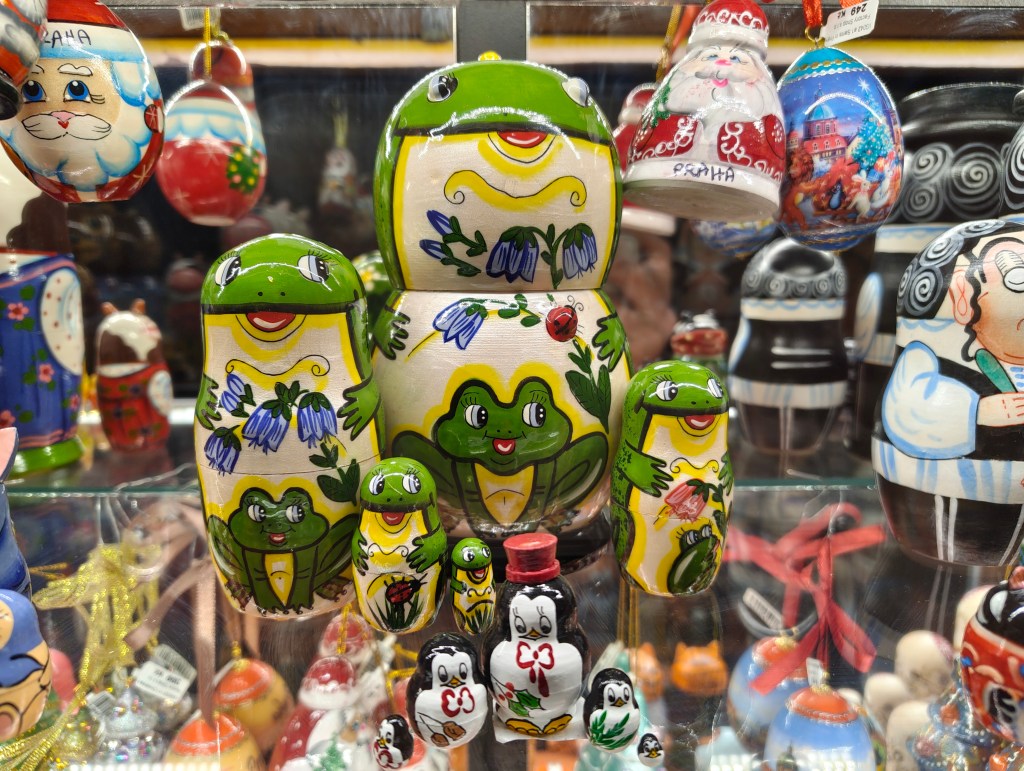Amateur Photographer verdict
With a triple camera setup and a low price, this phone is tempting, especially if you like the styling.- Amazing value for money for a triple camera system
- Unique design and colours
- Glyph light adds a little bit more style
- Odd button placement, and non-customisable spare button
- Glyph lights look good, but do you really need them?
- Image quality doesn’t match the big brands
Nothing has been making affordable phones for a number of years now, now with the 3rd generation of phones, in the form of the 3a and 3a Pro. These new models offer a triple camera setup on the rear with the usual ultra-wide and wide angle cameras joined by a third telephoto camera. The 3a offers a 2x telephoto camera, whilst the 3a Pro comes with a 3x telephoto unit. Let’s find out how the 3a performs, to see if it should be considered one of the best budget phones available?
At a glance
- 50MP f/1.9 main camera, 24mm equivalent, OIS, PDAF
- 50MP f/2.0 telephoto camera, 50mm equivalent, PDAF
- 8MP f/2.2 ultra-wide, 15mm equivalent
- 32MP f/2.2 selfie camera (1080p)
- 4K video from main/telephoto cameras (after update)
- 6.77inch 120Hz, HDR10+ AMOLED screen, 3000nits peak
- 5000mAh battery, 50W wired charging
- 163.5×77.5×8.4mm, 201g
The first thing to stand out about all of Nothing’s phones, is the design, which even to this day remains unique in styling, thanks to the clear glass back and exposed inner design. The original Nothing phone filled this with a number of “Glyph” lights, and the latest phone follows the same design principles, however, with a reduced number of LEDs. Despite there being a slightly less impressive lighting setup, the phone still looks impressive, with a new blue option being particularly pretty. The phone we have is in white, but in addition to a new blue version, there’s also a black colour option. The “Glyph” lights aren’t just for effect, they also provide notifications, as well as additional lighting when used for photography.
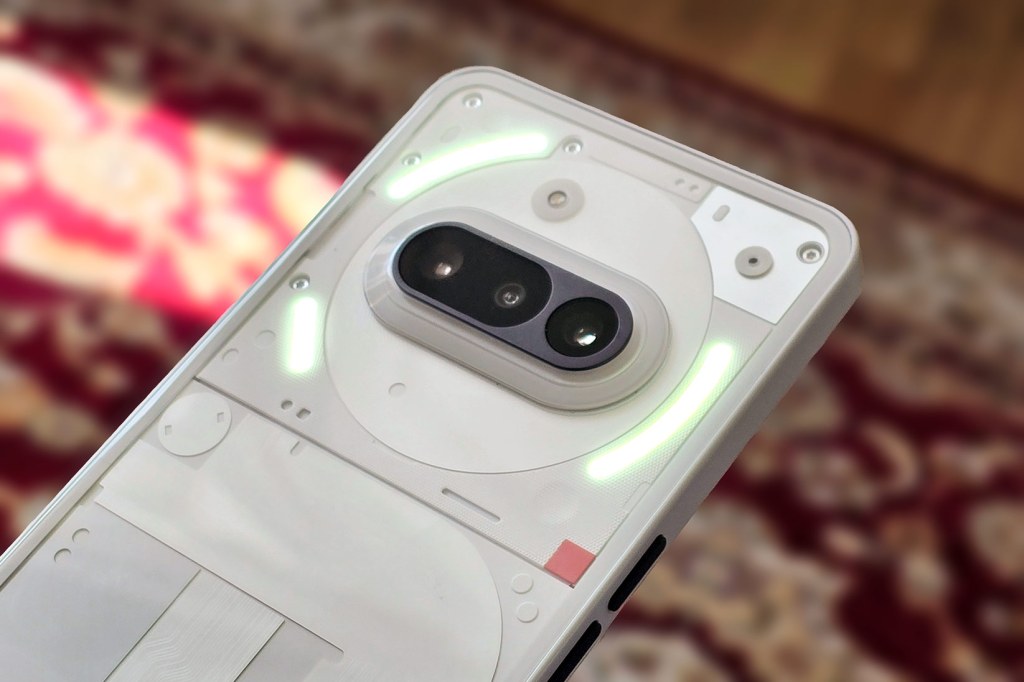
Features and Handling
Starting with the cameras, there’s an 8MP ultra-wide-angle 15mm equivalent camera which is fixed focus – so without auto-focus this can’t be used for macro photography. There’s a main 24mm equivalent camera, and a 2x telephoto camera, equivalent to 50mm. Both of these are 50MP sensors, with pixel-binning down to 12MP and both have auto-focus. You can shoot at 50MP or 12MP from these cameras, and the 2x camera offers a further zoom option of 4x (at 12MP). Only the main camera features optical image stabilisation (OIS), which means the view from the telephoto camera can seem wobbly when composing shots.
The camera app…
Is easy to use and has a number of useful options that are quick and easy to access. There are dedicated night and portrait modes, as well as Expert mode that gives you manual controls. In the normal photo mode, the night mode will be automatically activated if needed. The portrait mode gives you background blur controls, as well as letting you adjust the virtual aperture.
The playback mode is also good, with a pleasing display and plenty of information provided when you select the photo details.

There are two buttons on the left of the phone, the usual volume buttons, and on the right of the phone are two more buttons, one larger than the other. The larger button is the usual power button which can be double-pressed to quickly access the camera. The second button gives access to “Essential space” – a notes system that lets you take audio notes and other notes, you can’t customise this button. This is an entirely pointless button for me, but hopefully Nothing will allow this to be customised to open something I find useful. Speaking of buttons, the placement of the buttons meant I regularly accidentally took screen shots, and often pressed them unintentionally, as they are right where I tend to hold the phone when picking it up and putting it down. Many other phones have the buttons higher up to avoid this.
Performance
The telephoto camera lacks OIS (optical image stabilisation) which makes for a slightly unpleasant shooting experience – unless you’re able to hold the phone perfectly still you’ll see a wobbly jittery view of the scene, which can be off-putting.
Colour reproduction is okay, and certainly a little better after the recent updates, but there is still a little bit of colour inconsistency visible when switching between the three cameras. It’s possible, depending on how and where you shoot, that you may not notice this, and it may also be improved with future updates. It’s mostly when taking photos of the same scene with all three cameras that you notice this most.
Nb. During the process of reviewing this phone, a number of updates were released that promised to improve zoom operation, improve skin tone, enhance white balance (indoors from rear cameras), and give better clarity and tone when capturing portraits (when shooting in backlight conditions). Another update added 4K video for the telephoto camera.
Low-light
Low light performance is good from the main camera with OIS helping, and even the telephoto camera does a reasonable job too, considering its lack of optical image stabilisation.
Close-up
It’s possible to take close-up photos with the main camera, and this lets you get reasonably close. You can also use the 2x telephoto camera, with the 4x option giving a closer crop. Whilst the results aren’t as impressive as phones with dedicated macro modes, considering the price of this phone, the results should keep most people happy.
The selfie camera is fixed focus and does a reasonable job, giving 32MP images. It’s also possible to use the portrait mode and add artificial blur to the background if you want.
Value for money
This is where the Nothing 3a really shines, offering a triple camera setup for around £329, this is cheaper than the nearest competitor from Motorola Edge 50 Pro, with a triple camera setup and a £350-400 price tag, however the Motorola offers a 3x telephoto with OIS, and a selfie camera with auto-focus. Another option from Nothing, is the 3a Pro with 3x telephoto camera, or the CMF Phone 2 Pro, which is also from Nothing, but cheaper than the 3a, with similar triple camera setup. If your budget can stretch further, the Samsung Galaxy S24 FE is another option, with 7 years of updates, but of course, a much higher price tag compared to the Nothing 3a.
Verdict
The Nothing 3a looks unique and it makes you want to love it, with a great user interface that also looks much more stylish than most other phones. The inclusion of a triple camera setup on the rear is generous, especially for the price. The 2x telephoto camera may seem a little bit lacking, as you can often get good 2x crops from a good main camera, however, if you think of the 2x telephoto camera as a 2x/4x camera, then it starts to make more sense. If this is a real deal-breaker, then the 3x telephoto camera on the 3a Pro could be for you – it also benefits from OIS on the telephoto.
In terms of photographs from the camera(s) on the phone, we’re left a little disappointed by the overall look of the photos. If you view them on the screen or at a smaller size they look good, and in isolation they look good enough. But if you start looking at them in detail, or compare them to other phones, you really can tell the difference between photos from this phone, and those from a Google or Samsung phone. The difference perhaps is that Google and Samsung have hundreds if not thousands of people working on the camera performance, over 10+ years, and that really shows in the results.
With two updates being released whilst reviewing the phone, both including improvements to the camera system, it’s clear that Nothing do want to give the best photographic experience possible, but software updates are never going to resolve hardware limitations like fixed focus on the selfie and ultra-wide cameras, and the lack of OIS on the telephoto cameras. For these features you will need to look to other phones.
But, I think, for most people, the Nothing phones are likely to be chosen for how they look, rather than as a serious photography tool. The blue Nothing Phone 3a looks like nothing else! So, if photography isn’t your primary need for a phone, and you just want something that looks amazing, and is good value for money, then the Nothing 3a is an extremely stylish option.
